In early 2025, the Swiss National Museum in Zurich unveiled a new exhibit titled Federer: Beyond the Baseline—a curated journey through Roger Federer’s dual legacy: a sporting titan and a billionaire brand architect. Visitors paused in front of his original Wimbledon whites, not just out of nostalgia, but reverence, for a man who transformed effortless backhands into a billion-dollar blueprint for modern athletes.
Roger Federer’s net worth in 2025 is estimated at over $550 million, placing him among an elite echelon of global sports icons. But unlike many who cashed in on scandal, volume, or bravado, Federer’s ascent was built on restraint, consistency, and precision, mirroring his playing style. What makes his wealth notable isn’t just its size; it’s how quietly and masterfully it was assembled. Federer didn’t just win tournaments—he engineered a transnational brand, co-founded a billion-dollar sneaker company, and turned retirement into reinvention.
This story isn’t just about numbers. It’s about longevity, strategy, and the value of being irreplaceably yourself in a market that rewards flash. As we break down where his fortune came from—and why it still matters—we’re also unpacking a modern model of legacy: one that moves beyond medals into something far more enduring.
What Is Roger Federer’s Net Worth in 2025? The Latest Valuation and Its Breakdown
As of 2025, Roger Federer’s net worth is estimated to be $550 million, according to Celebrity Net Worth. That number puts him in rare air—not just as one of the richest tennis players of all time, but as one of the few athletes in history to achieve billionaire status while still being universally beloved.
What’s striking about Federer’s financial profile isn’t just the scale, but the composition. Only about $130 million of his wealth comes from on-court earnings during his professional career. The rest? That’s the result of meticulously curated endorsements, equity partnerships, and post-retirement ventures. His $300 million apparel deal with Uniqlo, ongoing sponsorships with Rolex, Mercedes-Benz, and Credit Suisse, and his co-ownership of Swiss performance footwear brand On Holding AG, which went public in 2021, have all played critical roles. In fact, On’s IPO alone boosted Federer’s estimated equity stake to over $200 million, making it one of his most lucrative moves.
Federer’s wealth has grown steadily even after his retirement in 2022. Unlike many athletes whose income plummets post-career, his brand remains in demand, largely because it’s tied not to hype but to heritage. If his net worth were a nation’s economy, it would surpass the GDP of countries like Tuvalu or Palau—a reminder that Federer’s financial impact isn’t just personal; it’s global.
This balance between quiet growth and enormous scale isn’t accidental. It reflects Federer’s core strength: playing the long game, whether in a five-set final or the financial arena.
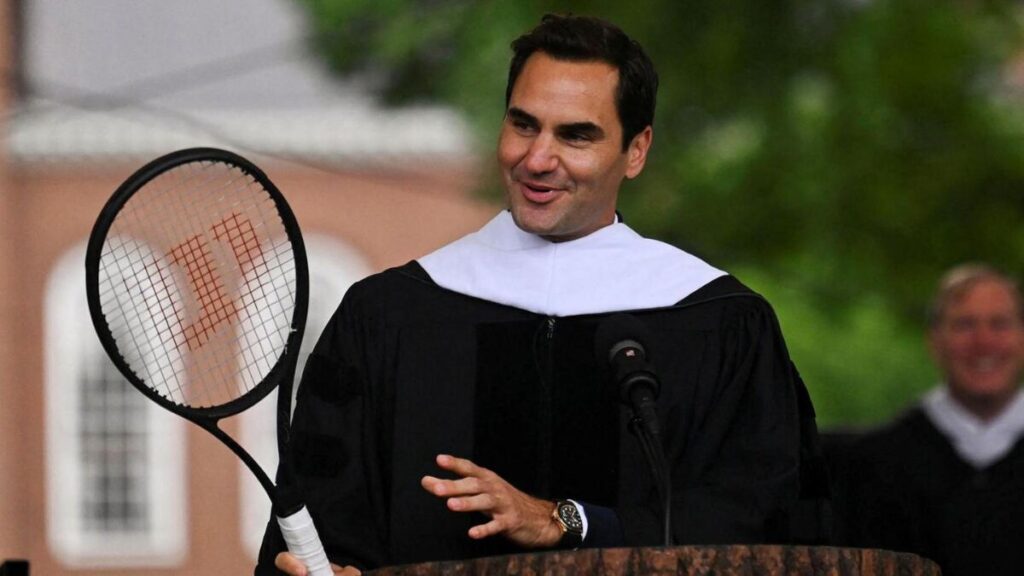
Grand Slam Glory: How Federer’s Career Earnings Stacked Up
When Roger Federer lifted his first Grand Slam trophy at Wimbledon in 2003, the prize money for the men’s champion was roughly £575,000 (about $930,000 at the time)—a handsome sum, but a far cry from the financial magnitude that would define the rest of his career. Over the next two decades, Federer didn’t just win; he rewrote what tennis success could mean financially.
Across 103 ATP titles and 20 Grand Slam victories, Federer earned over $130 million in official prize money, according to ATP records. But the payout wasn’t always proportional to the prestige. His five consecutive U.S. Open wins between 2004 and 2008, for example, came during a time when tennis was still catching up to sports like golf or basketball in terms of player compensation. It wasn’t until later—when Federer was well into his 30s and already considered an elder statesman of the game—that the prize pools began to explode. At the 2017 Australian Open, which marked his emotional comeback after knee surgery, Federer pocketed over $2.8 million—more than three times what he earned in his first Wimbledon win.
That win in Melbourne was more than a sentimental high point; it signaled Federer’s return to top-tier earning potential late in his career. Between 2017 and 2020, despite playing fewer tournaments, he remained in the top 5 highest-paid athletes globally, thanks to consistent prize money and ballooning appearance fees.
Federer’s earnings on court may have been eclipsed by his business ventures later, but each title—especially in the latter part of his career—functioned as both a legacy milestone and a lucrative payday. His matches weren’t just battles for trophies; they were high-stakes investments in an empire still growing today.
The Endorsement Empire That Made Federer a Brand King
Roger Federer didn’t just endorse brands—he embodied them. Precision, poise, timeless appeal: the very traits that made him dominant on the court translated seamlessly into his off-court persona. It’s no coincidence that Rolex, a symbol of classic excellence, has stood by him for nearly two decades. Their alignment wasn’t transactional; it was philosophical. Federer didn’t just wear the watch—he was the watch.
This brand synergy became the cornerstone of his endorsement empire. Federer was never the loudest voice in the room, but that was exactly the point. In a marketing world often driven by flash and friction, Federer offered something rare: global credibility without controversy. That quiet reliability made him invaluable. Companies didn’t just want visibility—they wanted trust. Federer delivered both.
Nowhere was that strategy more visible than in his bold 2018 decision to walk away from Nike after a 20-year partnership and sign a $300 million deal with Uniqlo. Critics were stunned. But the move made perfect sense. Uniqlo, with its minimalist aesthetic and global aspirations, mirrored Federer’s late-career pivot from athlete to lifestyle icon. Unlike Nike, the deal had no performance clause—meaning he’d continue to earn well into retirement. That wasn’t just an endorsement; it was long-term brand architecture.
Add to that his ties with Credit Suisse, Wilson, Mercedes-Benz, and Swiss chocolatier Lindt, and it’s clear Federer didn’t just cash in—he curated a portfolio. Each brand became a brushstroke in the image he projected: elegant, international, trusted.
And the results? Estimated annual endorsement earnings of $90–100 million at his peak, even outpacing younger, more active players. Federer didn’t chase trends; he became the trend—a luxury asset in his own right, whose marketability only grew with time.
Federer the Entrepreneur: Strategic Investments and Business Ventures
When Roger Federer announced his retirement in 2022, many assumed he would fade gracefully into legacy mode—high on nostalgia, low on risk. Instead, he doubled down on something else: ownership. Chief among his strategic plays was his stake in On Running, the Swiss athletic footwear brand that went from niche to Nasdaq in under a decade.
Federer first invested in On in 2019, not just as a face, but as a co-creator. He wasn’t brought in after the fact to model shoes; he collaborated on product development, notably the Roger Pro, a performance tennis shoe that bridged his playing legacy with lifestyle branding. His involvement signaled something bigger: a shift from being sponsored by companies to helping build them.
The payoff was enormous. When On went public in 2021, its IPO was valued at nearly $11 billion. Federer’s reported 3% stake—estimated around $300 million—instantly became his most lucrative financial move. But more than the money, it was a masterclass in timing and brand alignment. On shares Federer’s Swiss roots and minimalist ethos, but it also reflects his forward-thinking approach. He backed a rising competitor in a crowded market and turned it into a dominant lifestyle label with global reach.
Outside of On, Federer has invested in Swiss real estate, philanthropic ventures through the Roger Federer Foundation, and remains linked to potential roles in media, fashion, and sports ownership. Each move echoes the same principle that defined his career: control, consistency, and a refusal to chase easy wins. Federer didn’t just retire with grace—he reinvested it.
From Basel to Global Icon: How Federer Became a Cultural Capital Asset
Roger Federer’s influence was never confined to the white lines of a tennis court. Born in the quiet Swiss town of Basel, he rose not just to athletic greatness, but to something rarer: cultural permanence. He became, over time, less of a sportsman and more of a symbol—of grace under pressure, of global elegance, of a kind of aspirational humility that resonated far beyond tennis.
Federer’s brand of charisma was subtle but powerful. He wasn’t brash or flamboyant; he was composed, multilingual, and relentlessly polite—qualities that made him the perfect ambassador not just for brands like Rolex and Mercedes-Benz, but for Switzerland itself. In 2020, he was even voted the most admired man in the world in YouGov’s global rankings, edging out heads of state and Hollywood icons.
His presence at fashion weeks, his understated but immaculate tailoring, and his role in curating his own line with Uniqlo turned him into a lifestyle figure. Meanwhile, his philanthropic work through the Roger Federer Foundation, which has supported education initiatives across Southern Africa, expanded his influence into humanitarian spaces.
Like an architectural landmark or a classical symphony, Federer became part of the cultural fabric—admired not just for what he did, but for how he did it. That’s not just fame. That’s cultural capital.
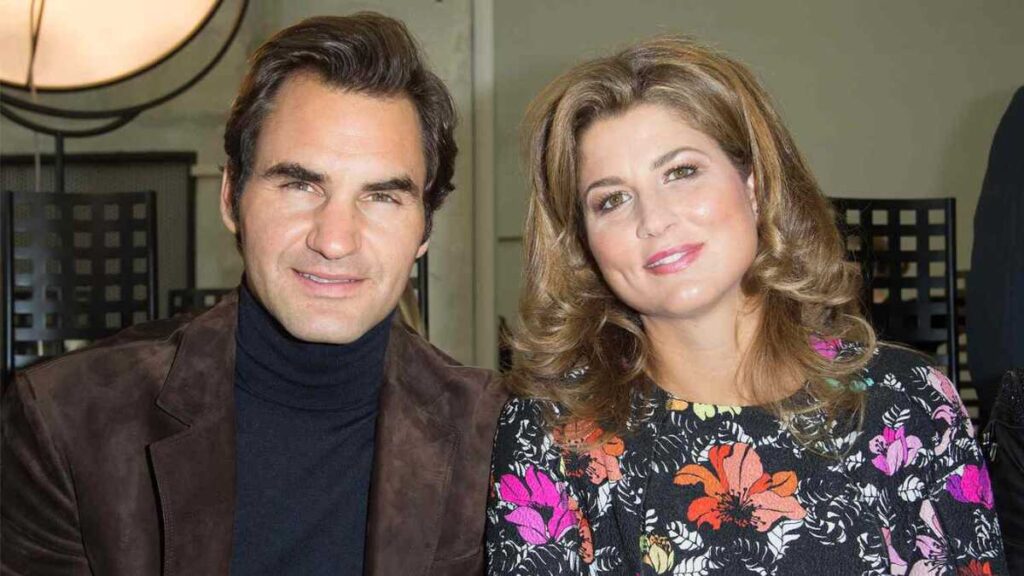
How Federer’s Net Worth Compares to Other Sports Titans in 2025
In the 2025 hierarchy of sports wealth, Roger Federer stands shoulder to shoulder with some of the most lucrative names in history—but he does so with a signature subtlety. While Federer’s estimated net worth of $550 million rivals the fortunes of LeBron James (approx. $1.2B), Tiger Woods (approx. $1.3B), and Serena Williams (approx. $300M), his path to that summit has been uniquely measured, meticulously curated, and deeply diversified.
Unlike Novak Djokovic and Rafael Nadal, who earned comparable on-court prize money but leaned more heavily on traditional endorsements, Federer quietly transitioned into a high-stakes investor and global ambassador long before retirement. His equity stake in On Running alone dwarfs many athletes’ endorsement totals, and his deals—with Rolex, Uniqlo, and Mercedes-Benz—reflect an elite positioning not just in sports, but in luxury culture.
What truly sets him apart is the tone of his empire. While athletes like LeBron and Tiger have built dynasties through aggressive brand expansion and media ventures, Federer has maintained a kind of elegant restraint. There’s no Federer Network or sprawling conglomerate—yet his wealth flows from long-term plays, not quick monetization.
In this context, Federer’s fortune is not just competitive—it’s distinctive. It’s the kind of wealth that doesn’t need to shout. It’s built on reputation, global trust, and an uncanny ability to play the long game—on and off the court. His billionaire status doesn’t just reflect earnings; it reflects endurance.
What It Feels Like to Watch a Billionaire Serve With Grace
I remember watching Roger Federer play under the lights at the 2017 Australian Open final—a match he wasn’t supposed to win. He was 35, coming off six months of injury rehab, and facing his longtime rival Rafael Nadal in a five-set marathon. But what stayed with me wasn’t the comeback or the scoreline. It was the silence in the air just before he served. That moment of total stillness—racquet in hand, shoulders loose, eyes calm—felt like watching someone in control of more than just a game. He seemed to control time.
Federer’s serve wasn’t the fastest, but it was poetry: smooth, precise, unhurried. Like everything he does, it felt refined, almost invisible in its effort. That’s the thing about Federer—he makes excellence look effortless, and that’s the true luxury in a world addicted to drama.
Watching him, I finally understood why global brands clamor to be associated with him. He doesn’t sell noise. He sells certainty, taste, grace. His billion-dollar fortune isn’t built on viral moments or ego-driven spectacle. It’s built on trust—in his timing, his decisions, and the way he carries himself even when the spotlight fades.
That night in Melbourne, I didn’t just see a tennis player win. I saw a man quietly building something much bigger.
What’s Next for Roger Federer Post-Tennis?
Roger Federer may have packed away his rackets, but his influence is only entering a new phase—one that may prove just as impactful as his tennis career. Unlike many retired athletes who fade into legacy roles, Federer is quietly positioning himself at the intersection of ownership, innovation, and culture.
There are already signs. His deep involvement with On Running has shown that he’s not just lending his name—he’s shaping product, brand voice, and growth strategy. That model could easily translate into future ventures: think athlete-led investment funds, design collaborations, or even a Federer-curated wellness brand that leans into longevity and performance.
There’s also buzz around his potential move into sports ownership—possibly tennis-related, or even cross-sport. Imagine Federer at the helm of a Swiss-based tennis academy or as part of a high-profile ATP reformation group. His global neutrality and pristine reputation would make him an ideal figurehead for governance, diplomacy, or athlete advocacy roles.
And then there’s media. Federer’s storytelling instincts—seen in his docuseries projects and philanthropic messaging—make him a natural fit for high-end content production. A branded docu-series? A Federer-hosted Masters-style tournament? All within reach.
Whatever his next act, one thing’s clear: Federer isn’t done building. He’s just changing courts.
A Legacy Written in Gold and Grace
Roger Federer’s fortune isn’t just a reflection of his greatness—it’s a mirror of how he chose to be great. His net worth, now soaring past the billion-dollar mark, was never built on hype or hustle. It was crafted with the same precision, patience, and polish that defined his backhand. Every deal, every investment, every moment off the court was a quiet masterclass in long-term thinking.
In an era obsessed with instant wins and viral fame, Federer stands as a rare example of elegant ambition—proof that you can build lasting wealth not by being the loudest, but by being the most consistent, the most trusted, and the most true to yourself.
His legacy? Not just gold trophies, but a golden standard.
Nishant is a digital strategist and celebrity finance analyst with over 15 years of experience in SEO-driven content. As Founder of TheNetWorths.com, he creates high-authority profiles on wealth, branding, and cultural influence.
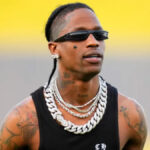





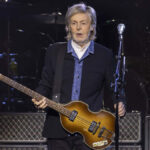

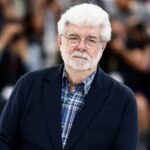





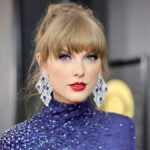
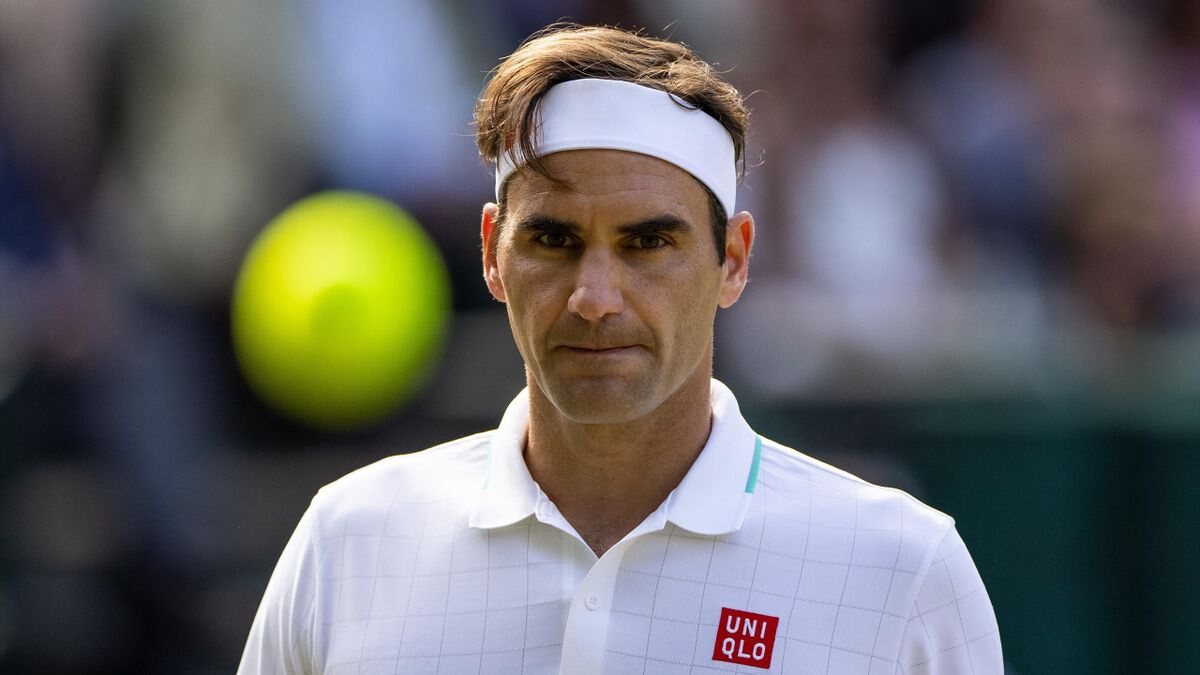
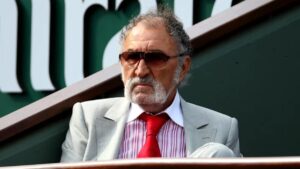
4 thoughts on “Roger Federer Net Worth 2025: How He Built a $550 Million Fortune After Retirement”